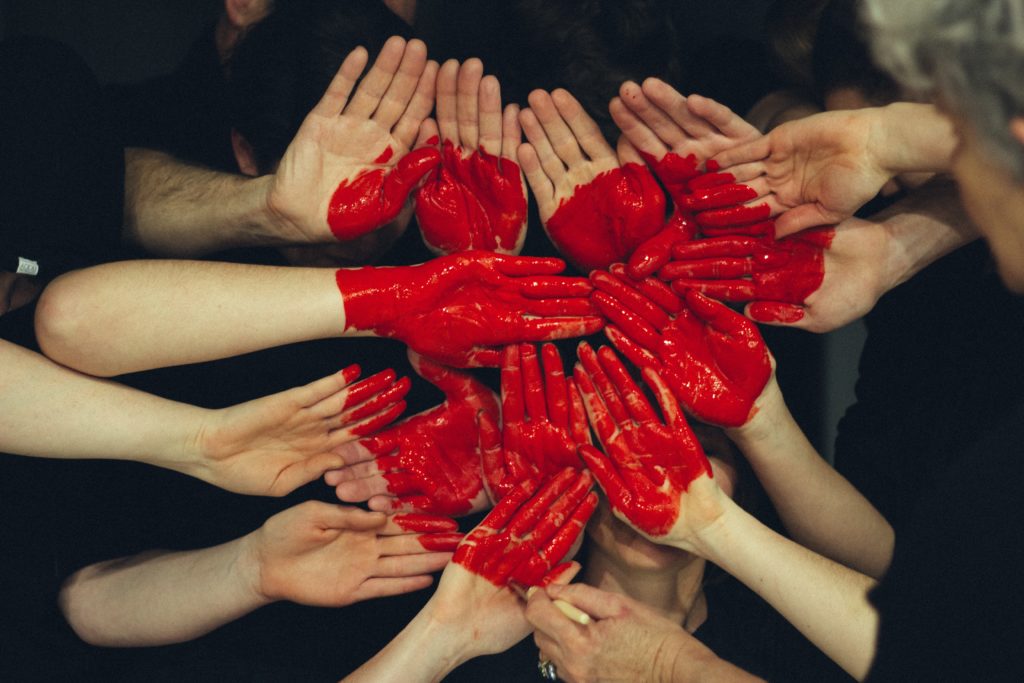I’ve been studying uncertainty recently. I figured it would be useful for change management. Uncertainty is when we have limited knowledge and no exact desired state.
Here are some of the insights and links I’ve discovered.
- Interoception, what it is and why our body is important in our wellbeing (a lot in common with what NLP called congruency signals).
- This article on Metacognition which amongst other things talks about using your inner dialogue for good (and not for the evil which it often does), and how important it is to reflect on learning even as it happens.
- And this one on how the brain is constantly predicting things and is disappointed (or sad or startled or…) when its predictions aren’t true. I notice that this is the mechanism at work when we tell a word at a time story in improv (see the section labelled coffee, cream and dogs).
The TED talk supports the two previous articles: we don’t just passively perceive the world, we actively generate it.
The key to emotional regulation is awareness. (naming it is part of taming it)
Fear can’t drive for shit.
The right choice is almost always the harder choice.
Seek Agility, not Clarity
No one puts reflection on a to do list
You can physically lift more weight when a friend is standing beside you
- interoception hacks fight and flight to make it rest and digest (grateful releases dopamine) – exercise: find an object you take for granted. For 30 seconds feel gratitude for it. feeling gratitude changes the adrenalisation
- Avoidant safety behaviours include aggression, sugar, alcohol.
- If challenge is uncertainty we want to move towards it.
- uncertainty is about the limitations of our imagination.
- Imposter syndrome is a micro-safety behaviour try regulating uncertainty, not safety
- Yale research: uncertainty is the ideal rewiring / unlearning state: in uncertainty we are more pliable, can we what we couldn’t see. acknowledge uncertainty and solve problems because we see them. This means we have new pathways Neuroplasticity means we can do more, see more, be more
- short term fears can have long term effects
- Inhabit the negative outcome if you don’t do the thing: compare it to the short term fears (this is a future pace)
- Spend time with people who bend your mental models.
- The ability to deal with the unknown is the predictor of life outcomes. holding yourself back and self-sabotaging are both safety behaviours
- spending time with things you don’t know you can begin to counter stereotypical examplars.
- The brain predicts experience – when it’s wrong it’s an opportunity to update the predictive model.
- 60 – 80,000 thoughts per day / 2% come true, 80% repeat
- Fear has a negativity bias – we pay 10x more attention to the negative (these are safety behaviours) there is less than 10 minutes of your awake time when you can be positive.
- find some uncertain things and do them
- Stop to listen to yourself: Why do i feel that way, am i right?
- If you notice Narrow focus: What is the next right thing
- Lift up to the bigger picture
- The body is crucial to decision-making
- Construal level theory (high-level vs concrete thinking)
- The body is crucial to decision-making: e.g. we think heavier things are more expensive
- When we think of the future we lean forward, past we lean back
- all uncertainty is about survival
- Conviction narrative theory (CNT) brain: imagine a future, body to feel your way into it
- Imagine (V) body (K) (= time line future pacing)
- convergence to chaos: the world hits the fan and it’s human spirit that gets us through: emotionally inhabit future scenarios
- Kindness
- OODA loops: Observe, Orient, Decide, Act
- we need to create space to enable innovation for fundamentally new solutions
- we need communities of different ways of thinking
- RAS is between the thalamus and the hippothalamus: alertness and doorman of the conscious mind
- rather than letting our patterns run our bodies and brains, use them to run it ourselves. come back to the body, come back to the breath.





